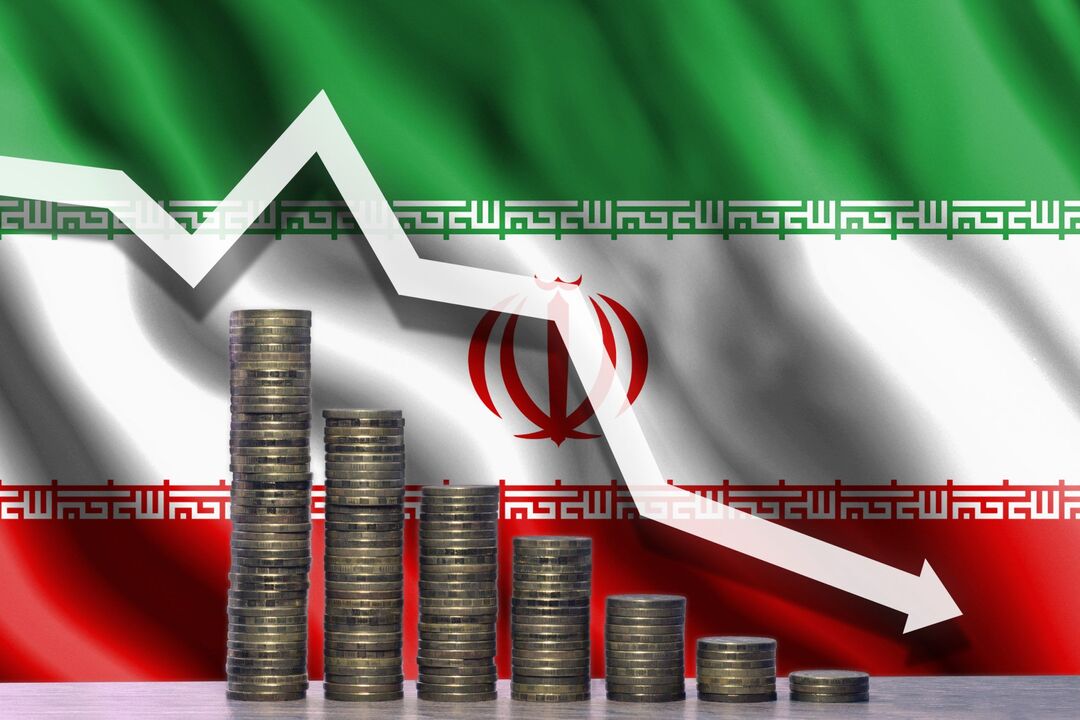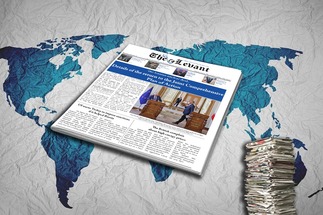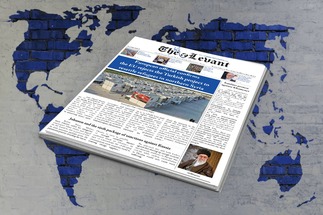-
Iranian Regime’s Budget Deficit Reaches 1000 Trillion Tomans!

On Sunday, October 22, the Iranian regime's president, Bezhakian, presented the budget bill for the upcoming year to the parliament. While presenting it, he touched on some aspects of the budget but ignored its central feature: the massive deficit amounting to 1000 trillion tomans.
Two days earlier, on October 20, during the “Export Conference,” Bezhakian referred to the “budget imbalance” without specifying the figure, lamenting, “We inherited a government burdened with imbalances in banks and funds... and we are trying to hide this truth.” Nevertheless, he repeated the same approach when presenting the budget bill, attempting to cover up this enormous deficit. However, it is impossible to conceal such a huge shortfall due to its significant size, which economists describe as “one of the main challenges facing the Iranian economy” and that it is “in continuous rise” (Arman Emruz newspaper, October 21).
In this context, Minister of Economy Hemmati announced that the deficit reached 850 trillion tomans, but the real figure is much higher. The official newspaper “Jahan Sanat” (October 21) clarified that “when combining the allocated expenses for subsidies with the state budget, the government budget deficit exceeds 40 percent.” Meanwhile, “Arman Emruz” (October 14) described the real deficit as “1.5 trillion tomans of debt and 600 trillion tomans as a deficit.”
On October 23, the newspaper “Farhikhtegan” revealed that the actual deficit is 80 percent larger, noting that “the operating balance for the year 1404, accounting for off-budget items and those allocated for subsidies, shows a deficit of 1805 trillion tomans.”
Simply put, the government borrows from the banking system to balance its income and expenses and cover its financial deficit. In an attempt to bridge this shortfall, banks resort to increasing the printing of money, leading to a liquidity inflation of 9000 trillion tomans, which has exhausted all the energy and strength of the Iranian people. Simultaneously, the government is forced to borrow again from the central bank and the banking system to control the effects of inflation (Arman Emruz, October 22). This vicious cycle continues to plunge the country deeper into economic insolvency.
This destructive cycle is not spontaneous; it is driven by the interests of the ruling mafia. Official newspapers acknowledge: “One of the main reasons for the imbalance in the banks is the granting of unproductive and inefficient loans. Banks have provided loans to companies and projects to support certain sectors (read: power gangs) or due to political and economic pressures, which did not yield any economic returns and, in many cases, were unable to repay the loans.” This has led to the accumulation of non-collectible assets in banks, causing financial imbalances that forced them to borrow again from the central bank, resulting in increased inflation and worsening government debt.
Thus, it is clear once again that the enormous financial deficit, amounting to 40% of the budget, is a direct result of the corrupt structure of the ruling regime, headed by Khamenei, which represents the “seven-headed dragon of corruption.” This corruption continues to crush over 80 million Iranian citizens under its weight. There is no economic solution to this ongoing catastrophe. The only way to escape this destructive cycle is through political change, by overthrowing the current regime and establishing a democratic popular government.
You May Also Like
Popular Posts
Caricature
BENEFIT Sponsors BuildHer...
- April 23, 2025
BENEFIT, the Kingdom’s innovator and leading company in Fintech and electronic financial transactions service, has sponsored the BuildHer CityHack 2025 Hackathon, a two-day event spearheaded by the College of Engineering and Technology at the Royal University for Women (RUW).
Aimed at secondary school students, the event brought together a distinguished group of academic professionals and technology experts to mentor and inspire young participants.
More than 100 high school students from across the Kingdom of Bahrain took part in the hackathon, which featured an intensive programme of training workshops and hands-on sessions. These activities were tailored to enhance participants’ critical thinking, collaborative problem-solving, and team-building capabilities, while also encouraging the development of practical and sustainable solutions to contemporary challenges using modern technological tools.
BENEFIT’s Chief Executive Mr. Abdulwahed AlJanahi, commented: “Our support for this educational hackathon reflects our long-term strategic vision to nurture the talents of emerging national youth and empower the next generation of accomplished female leaders in technology. By fostering creativity and innovation, we aim to contribute meaningfully to Bahrain’s comprehensive development goals and align with the aspirations outlined in the Kingdom’s Vision 2030—an ambition in which BENEFIT plays a central role.”
Professor Riyadh Yousif Hamzah, President of the Royal University for Women, commented: “This initiative reflects our commitment to advancing women in STEM fields. We're cultivating a generation of creative, solution-driven female leaders who will drive national development. Our partnership with BENEFIT exemplifies the powerful synergy between academia and private sector in supporting educational innovation.”
Hanan Abdulla Hasan, Senior Manager, PR & Communication at BENEFIT, said: “We are honoured to collaborate with RUW in supporting this remarkable technology-focused event. It highlights our commitment to social responsibility, and our ongoing efforts to enhance the digital and innovation capabilities of young Bahraini women and foster their ability to harness technological tools in the service of a smarter, more sustainable future.”
For his part, Dr. Humam ElAgha, Acting Dean of the College of Engineering and Technology at the University, said: “BuildHer CityHack 2025 embodies our hands-on approach to education. By tackling real-world problems through creative thinking and sustainable solutions, we're preparing women to thrive in the knowledge economy – a cornerstone of the University's vision.”
opinion
Report
ads
Newsletter
Subscribe to our mailing list to get the new updates!






















